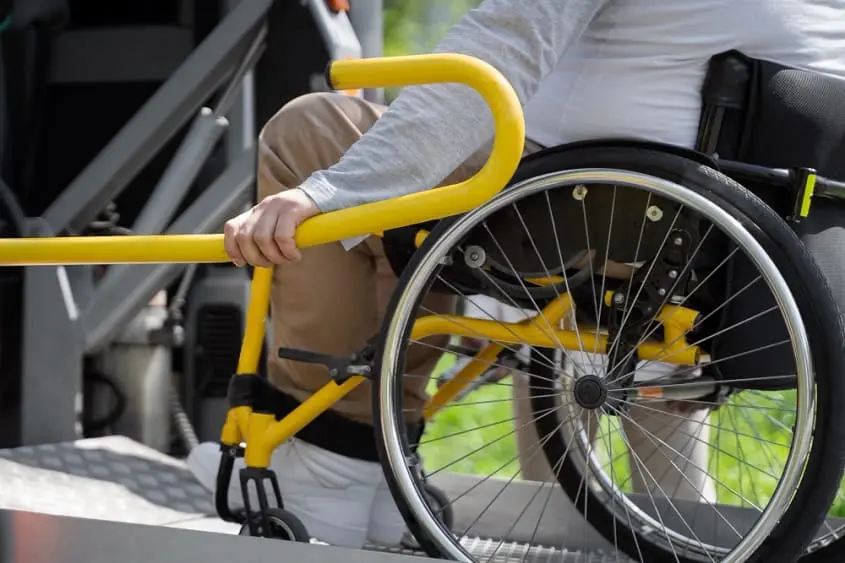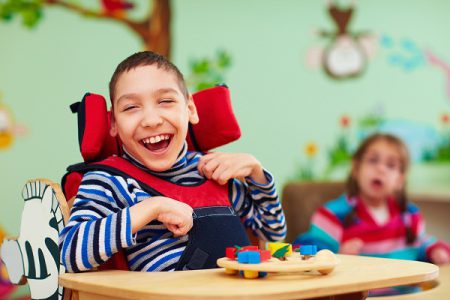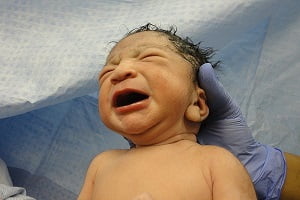What is Cerebral Palsy?
Cerebral palsy (CP) is a group of neurological conditions that cause muscle coordination problems and other movement issues. It is caused by an injury or infection during pregnancy or after birth. It may also be the result of genetic mutations. The signs and symptoms of CP generally develop during infancy or in early years before a child starts going to school. It can cause impaired movements that may be associated with limbs and trunk rigidity or inflexibility, abnormal reflexes, abnormal postures, involuntary movements, etc.
People with cerebral palsy can have problems swallowing and commonly have eye muscle imbalance, in which the eyes don’t focus on the same object. They also might have a reduced range of motion at various joints of their bodies due to muscle stiffness.
Depending on which areas of the brain have been injured, one or more of the following may occur:
- Muscle tightness or spasm
- Involuntary movement
- Difficulty with gross motor skills such as walking and running
- Difficulty with fine motor skills which include writing and speaking
- Abnormal perception and sensation
Cerebral Palsy in Adults
Adults with cerebral palsy experience age-related changes earlier in life than their non-disabled peers. Cerebral palsy frequently causes a cycle of de-conditioning which deteriorates physical functioning, followed by a further decrease in physical activity, and a cascade of functional decline. The disorder often leads to the development of musculoskeletal and neurological symptoms, such as severe pain, chronic fatigue, and a premature decline in mobility and function.
Adults with cerebral palsy may have spasticity and dystonia. The severity of symptoms for both conditions may fluctuate in response to health, social and emotional wellbeing, and environmental factors. They cause pain and impact on the quality of life.
The aging process inevitably interacts with the motor disorder in adults with CP, and increasing survival rates for adults with CP have led both patients and clinicians to draw attention to the increased incidence of secondary musculoskeletal and neurological conditions in this population. Secondary musculoskeletal and neurological conditions include pain and fatigue, decreased mobility, decreased fine motor control, and diminished independence. Besides, adults with CP frequently experience progressive orthopedic problems.
Symptoms of Cerebral Palsy in Adults
- Overdeveloped or underdeveloped muscles which lead to stiff or floppy movements
- Movement and coordination problems
- Stiff muscles and exaggerated reflexes (spasticity)
- Stiff muscles with normal reflexes (rigidity)
- Poor coordination and balance, known as ataxia
- Tremors or involuntary movements
- Slow, writhing movements
- Delays in reaching motor skills milestones
- Difficulty in walking
- Excessive drooling or problems with swallowing
- Difficulty with sucking or eating
- Delays in speech development or difficulty speaking
- Learning difficulties
- Difficulty with fine motor skills which include buttoning clothes or picking up utensils
- Seizures
Risk Factors
Common risk factors of cerebral palsy in adults are.
Contracture
Contracture is a muscle tissue shortening which is due to severe muscle tightening (spasticity). Contracture can inhibit bone growth which causes bending of bones, dislocation or partial dislocation.
Swallowing or Feeding Problems
Known as dysphagia, problems with swallowing are common in adults. They are generally caused by damage to the nerves in the neck or head. Symptoms can include coughing after eating or drinking, food getting stuck in the mouth, pneumonia, weight loss, and poor nutrition.
Mental Health Conditions
Due to social stress, bullying, or teasing, individuals with cerebral palsy are more likely to become shy in social situations and have depression or anxiety disorders.
Premature Aging
Although the total lifespan of individuals with cerebral palsy is similar to the general population, some signs of aging can arrive early.
Post-Impairment Syndrome
This is caused due to the increased energy that it takes to move around. Symptoms include weakness, increased pain, repetitive strain injuries, and fatigue. Working with a therapist can help strengthen the muscles most affected by the condition.
Osteoarthritis & Degenerative Arthritis
Musculoskeletal abnormalities causing pain in adulthood are the abnormal relationships between joint surfaces and excessive joint compression which leads to the early development of painful osteoarthritis and degenerative arthritis.
Pain
Adults with CP experienced pain that can be acute or chronic and is experienced most commonly in the hips, knees, ankles, and the upper and lower back.
Other Medical Conditions
Adults have higher rates of other medical conditions secondary to their cerebral palsy, such as hypertension, incontinence, bladder dysfunction. Scoliosis is likely to progress after puberty when bones have matured into their final shape and size.
Walking
Cerebral palsy affects movement and flexibility and musculoskeletal abnormalities can worsen as the person ages. This may necessitate the use of mobility aids, such as a stick or wheelchair.
How can Cerebral Palsy be Prevented in Adults?
Here are listed important ways adults can prevent cerebral palsy. However, following these steps does not ensure one can never get the disease.
Avoiding Alcohol, Tobacco and Illegal Drugs
These have been linked to cerebral palsy risk.
Regular Exercise
Exercise plays an important role in maintaining good physical health for adults with cerebral palsy.
Maintaining Physical and Mental Health
A lifestyle involving regular exercise, proper nutrition and a positive personal attitude can help in preventing CP.
Increasing Effective Self-Advocacy Skills
Increasing self-advocacy skills leads to a better quality of life in cerebral palsy.
Vaccination
Getting vaccinated against diseases such as rubella, preferably before getting pregnant, might prevent an infection that could cause fetal brain damage.
Regular Visits to the Doctors
Regular visits to the doctor during pregnancy are a good way to reduce health risks. Visiting doctors regularly can help prevent premature birth, low birth weight and infections.
Frequently Asked Questions (FAQs)
Is Cerebral Palsy a Disease or a Disability?
Cerebral palsy is a disorder with various disabilities.
What Causes Cerebral Palsy?
Cerebral palsy is caused by certain types of injuries, infections or trauma to the brain.
Is Cerebral Palsy a Muscle Disorder?
Adults with cerebral palsy have problems in balancing and with coordinating their movements which makes it a muscle disorder.
What Challenges an Adult face with Cerebral Palsy?
Work Challenges, Mild to Severe Pain, Premature Aging
Is Cerebral Palsy Contagious?
Cerebral palsy is not contagious because it is a condition, not a disease.
Are Adult People Diagnosed With Cerebral Palsy ‘Mentally Challenged’?
Even though Cerebral Palsy involves a brain injury or problems with brain development, this does not necessarily mean that a person has challenges with understanding or learning.







